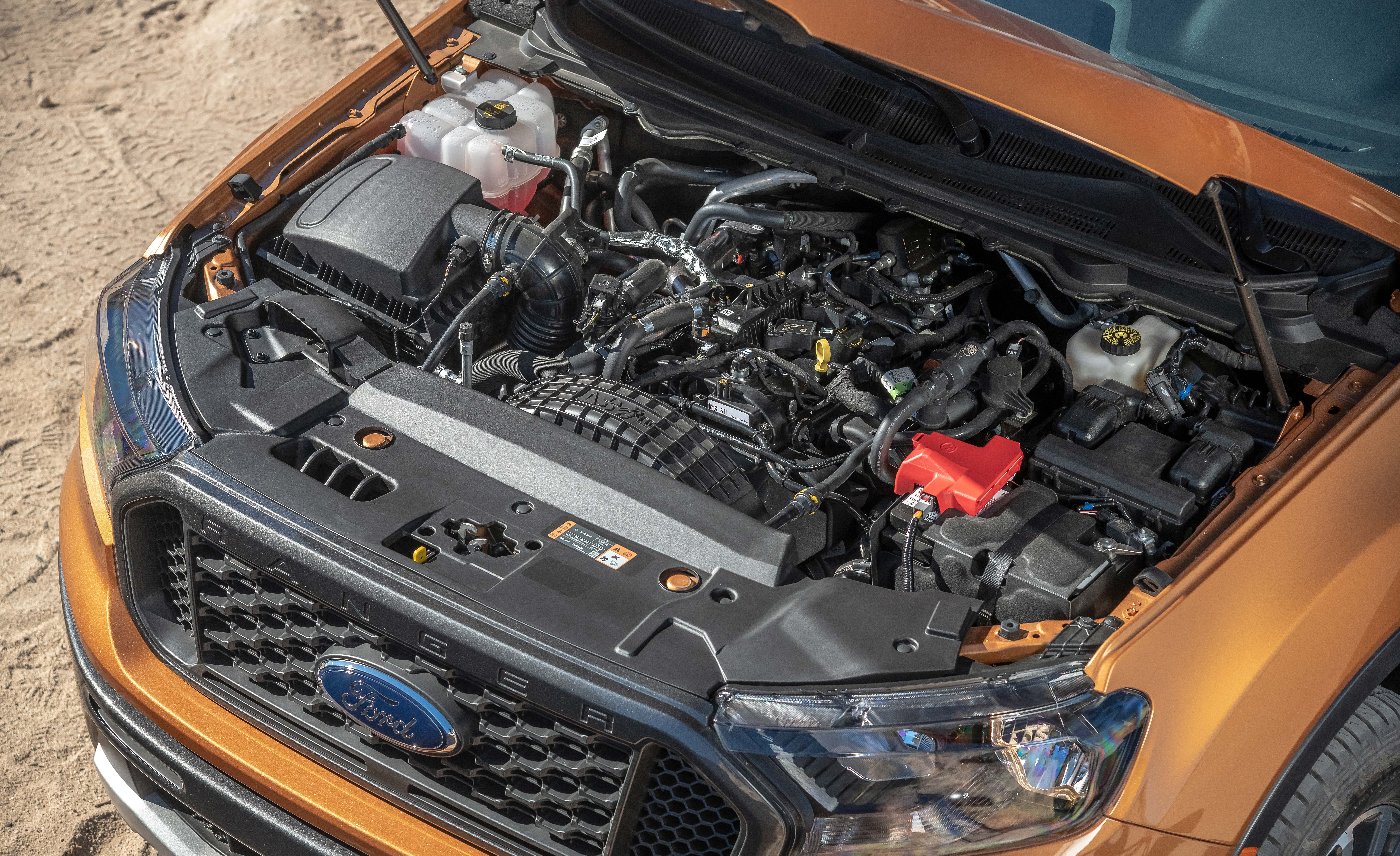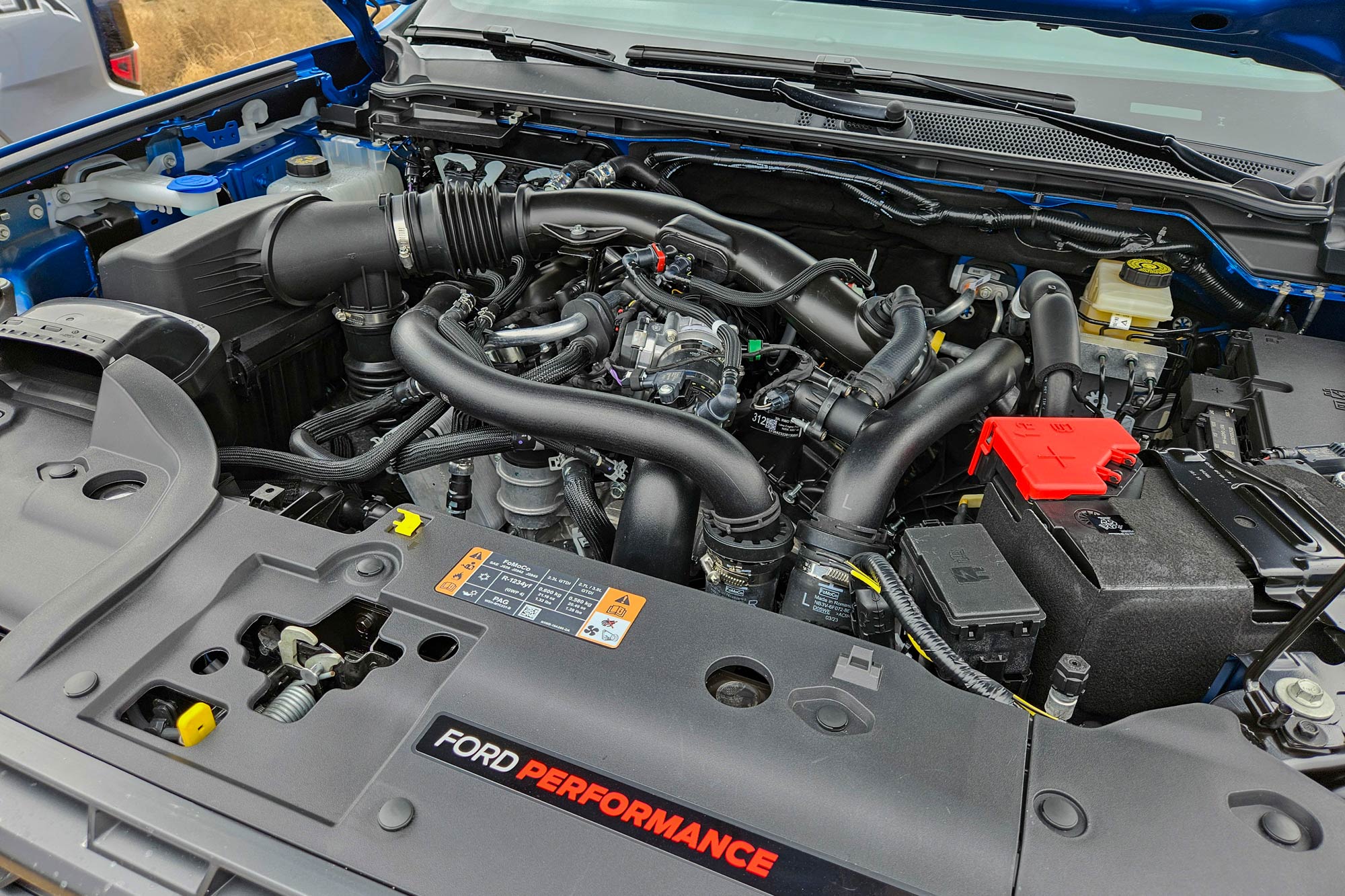How the 2.2 Ford Ranger Engine Stands Out for Durability and Power in Tough Conditions
How the 2.2 Ford Ranger Engine Stands Out for Durability and Power in Tough Conditions
Blog Article
Recognizing the Basics of Cars And Truck Engines: Functions, types, and features

Summary of Auto Engines
A car engine functions as the heart of a car, transforming gas into mechanical energy to thrust it forward. This intricate system makes up different components that operate in unison to ensure ideal performance and effectiveness. The essential procedure of a cars and truck engine involves the inner combustion procedure, wherein gas and air are combined, stired up, and expelled to create power.
The engine's style can significantly affect its efficiency, gas performance, and exhausts. Trick parts consist of the cyndrical tube block, pistons, crankshaft, and camshaft, each playing a critical duty in the engine's total feature. The cyndrical tube block houses the cyndrical tubes where combustion occurs, while the pistons convert the eruptive energy from combustion into straight activity. This activity is after that transformed into rotational energy by the crankshaft, enabling the automobile's wheels to transform.
In addition to these elements, engines typically utilize different systems such as fuel shot, ignition, and cooling down systems to enhance efficiency and durability. Recognizing the basic mechanics of automobile engines is crucial for carrying out and identifying issues maintenance, inevitably contributing to the vehicle's integrity and effectiveness over time.

Sorts Of Automobile Engines
Auto engines can be categorized right into numerous types based on their style, gas kind, and operational concepts. 2.2 ford ranger engine. One of the most common categories include interior burning engines (ICE), electrical engines, and crossbreed engines
Internal combustion engines, which can be additional split right into gas and diesel motor, run by firing up a fuel-air blend to create power. Fuel engines are typically lighter and smoother, while diesel engines are extra fuel-efficient and offer higher torque.
Electric engines utilize electric power saved in batteries to power an electrical motor, supplying instant torque and absolutely no emissions throughout procedure. As technology developments, electrical automobiles (EVs) are progressively ending up being prominent for their ecological advantages and reduced running expenses.
Hybrid engines combine elements of both inner burning and electrical engines, enabling adaptable power resources and enhanced fuel efficiency. They can run in various settings, making use of either the gas engine, the electric motor, or both at the same time.
Each sort of engine has unique advantages and downsides, influencing their application in various automobile types and market sectors, from small vehicles to durable trucks. Recognizing these kinds is necessary for making notified decisions concerning car choice and efficiency expectations.
Engine Features Explained
Recognizing engine functions is vital for comprehending how automobiles run efficiently. At the core of any inner combustion engine exists the fundamental process of transforming fuel right into mechanical energy. This procedure begins with the intake stroke, where air and gas are click here for more drawn into the burning chamber. Following this, the compression stroke compresses the air-fuel combination, enhancing its temperature level and stress.
The ignition happens following, firing up the blend and developing a rapid growth of gases. This pressure drives the piston down during the power stroke, which inevitably translates into the rotational motion of the crankshaft. The exhaust stroke after that expels the spent gases from the chamber, giving way for a brand-new cycle to commence.
In addition to these key features, engines also integrate systems that handle cooling and lubrication, making sure optimum functional temperature levels and reducing friction between relocating parts. This intricate interplay of functions enables the engine to create the power needed for vehicle propulsion while preserving effectiveness and integrity. Recognizing these features gives beneficial insight right into the intricacies of automotive engineering and boosts the capacity to identify and address engine-related problems properly.
Trick Engine Attributes
Engine style incorporates numerous crucial functions that considerably influence effectiveness, performance, and longevity. Among the most essential elements is the engine configuration, that includes inline, V-type, and flat styles. Each setup affects the engine's power, dimension, and equilibrium outcome, therefore affecting overall vehicle characteristics.
An additional crucial feature is the engine variation, describing the complete volume of all cylinders. Bigger variations usually produce more power yet may jeopardize gas performance. Engine materials likewise play a pivotal duty; lightweight and high-strength products, such as aluminum and magnesium alloys, enhance performance without including extreme weight.
The kind of fuel injection system utilized-- such as direct or multi-port injection-- influences combustion effectiveness and discharges. Turbo charging and turbocharging are features that increase engine efficiency forcibly additional air into the combustion chamber, enhancing power outcome without significantly raising engine dimension.
Finally, the existence of sophisticated engine management systems maximizes fuel-air mixture and ignition timing, adding to smoother operation and far better gas economic climate. Jointly, these features define an engine's capabilities, setting the structure for its efficiency and durability in an affordable auto landscape.
Upkeep Tips for Engines
Appropriate engine maintenance is vital for making certain optimum performance and durability, as overlooking routine treatment can bring about considerable problems down the line. To maintain your engine successfully, start with regular oil changes, typically every 3,000 to 7,500 miles, depending on the kind of oil used. Fresh oil lubes engine elements, decreasing friction and wear.
In addition, keeping an eye on coolant levels is essential to visit this site prevent getting too hot. Make sure that the coolant is topped up and remains in good problem to preserve reliable temperature regulation. Frequently inspect and change air and fuel filters, as stopped up filters can impede airflow and gas delivery, endangering engine effectiveness.
Moreover, pay interest to spark plugs and ignition systems. Worn or faulty ignition system can lead to misfiring and lowered efficiency. Inspecting the battery terminals and connections for deterioration is also crucial, as a weak battery can affect engine beginning.

Verdict
In summary, a comprehensive understanding of auto engines includes different types, features, and key attributes that substantially affect automobile efficiency. Internal combustion engines, along with hybrid and electrical alternatives, show diverse systems for power conversion. 2.2 ford ranger engine. Acknowledging the important features, such as consumption and exhaust cycles, along with vital engine functions like setup and gas injection systems, outfits automobile owners with the knowledge required for reliable maintenance and procedure, inevitably improving vehicle long life and effectiveness
A car engine serves as the heart of an automobile, transforming gas right into mechanical power to move it forward. The essential procedure of an auto engine involves the internal combustion process, wherein fuel and air are combined, ignited, and removed to produce power.
Regularly replace and examine air and gas filters, as clogged filters can impede air flow and fuel delivery, compromising engine effectiveness. - 2.2 ford ranger engine
In summary, an extensive understanding of vehicle engines includes various types, features, and vital attributes that significantly affect lorry performance. Recognizing the important functions, such as consumption and exhaust cycles, together with important engine functions like setup and gas shot systems, gears up automobile owners with the expertise needed for efficient maintenance and procedure, eventually improving vehicle long life and effectiveness.
Report this page